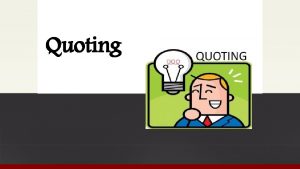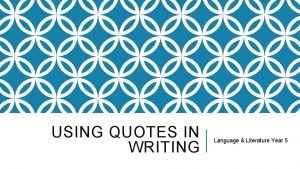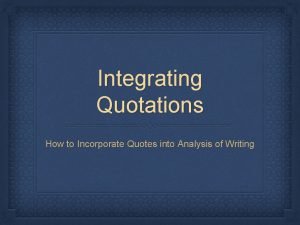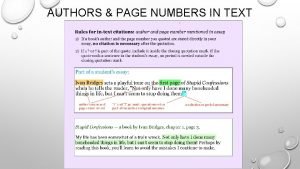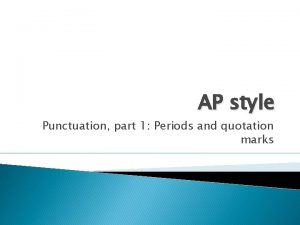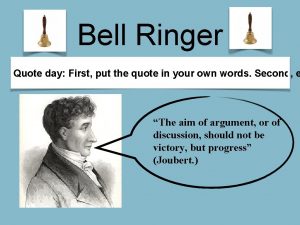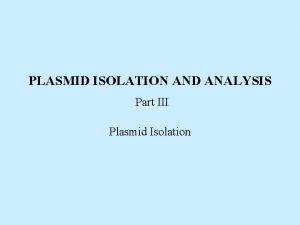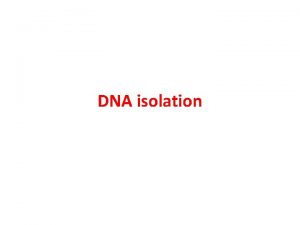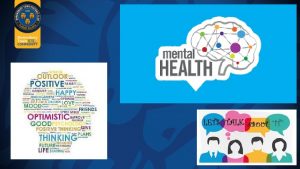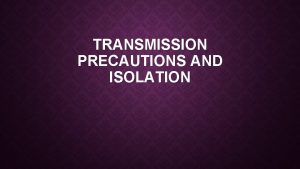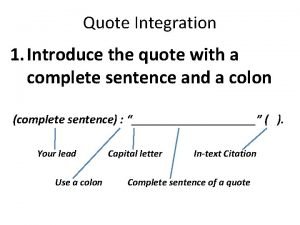Unit 6 Day 2 Normalcy and Isolation Quote








- Slides: 8

Unit 6 Day 2 (Normalcy and Isolation) Quote: “America’s present need is not heroics, but healing; not nostrums but normalcy; not revolution, but restoration. ” - President Warren G. Harding Objective: Explain the concept of Normalcy and Isolation State Standards: Strand 1 Concept 7 PO 3

Normalcy and Isolation • 1920, Warren G. Harding became President of the United States. He wanted to return the U. S. to a period of “normalcy and isolation from World affairs. ”

• 1921, Washington Naval Conference, many of the major nations in the world agreed to limit the size of their navies. • 1929, the Kellogg-Briand Pact renouncing war was signed by 64 nations.

• To protect U. S. businesses, Congress passed the Fordney. Mc. Cumber Tariff. This raised the tax on imported goods to the highest level ever.

• The U. S. also limited immigration from Europe by enacting the quota system. • This set a limit on the number of immigrants that were allowed into the U. S. from each European nation.

Discussion (Do Not Write) • During WW 1 England France borrowed over $10 billion from the U. S. How are they going to pay it back? • How will the Fordney-Mc. Cumber Tariff affect this? • What about the money Germany owes England France as reparations? • How will Germany get the money to pay England France? • What will England France do with the money when they get it?

Activity • Write down the following questions: 1. What does the boat represent? 2. What do the icebergs represent? 3. What is the author trying to tell us? What should the U. S. do?



